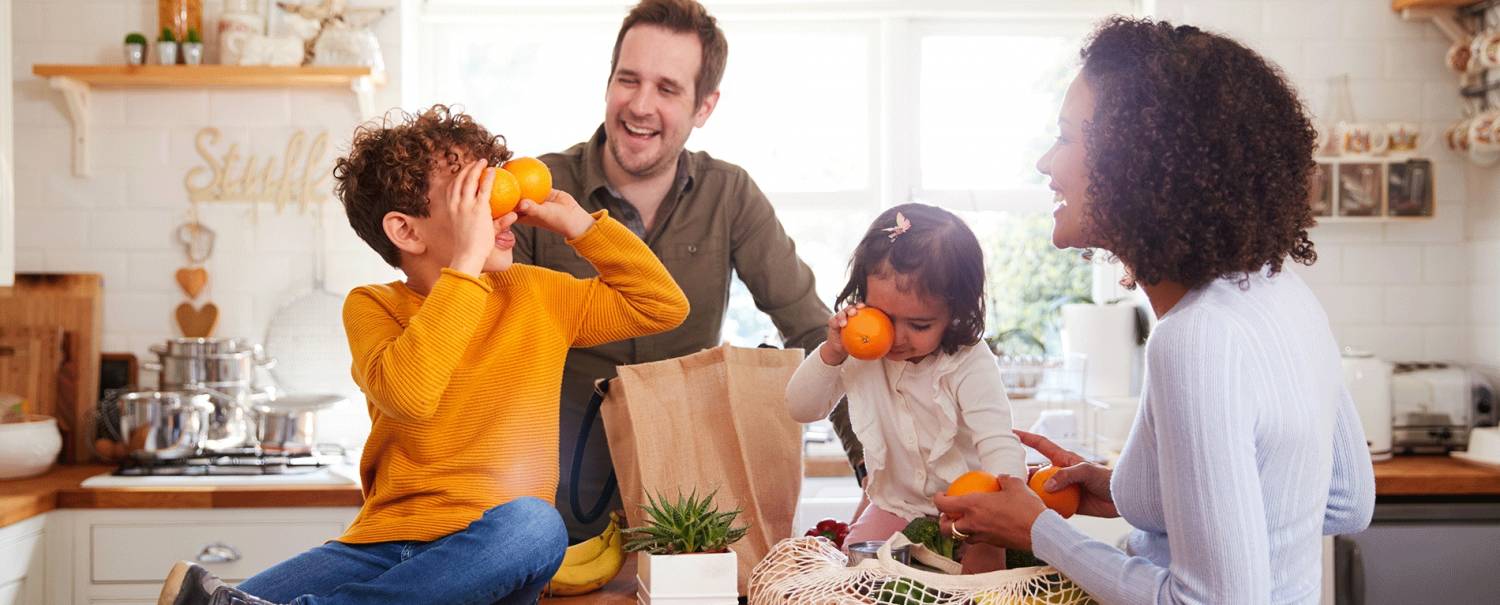New school year, new routines: ideas to be better organised
Learn how to get organised with the start of the new school year. Prepare your diary and make a note of these tips to start as you mean to go on. Shall we start?
TOPIC OF THE MONTH
Share
Are you someone who doesn't have time for everything? Do you feel overwhelmed when you have a lot to do? It’s common to think that, between children, household chores, work etc. you don’t have time for anything. But, is that the truth, or is it a lack of organisation?
Trying to do everything we possibly can during the day is not easy, every task requires time and effort, but if you know how to organise your day-to-day life, you will see how simple things are and you will start to be more efficient.
Why is organisation important?
Learning to distinguish which tasks are the most important or have a shorter deadline is necessary in order to organise our everyday life and learn to prioritise. And best of all, if we internalise this routine of meeting deadlines and objectives, we will also have a positive influence on our physical and psychological well-being.
To achieve it, we give you 10 tips to optimise as far as possible all of your daily tasks, both at home and at work. Take note!
10 tips to get better organised
1. Your diary, your best friend: take a diary as your travel companion, it can be excellent for making a note of appointments or reminders, wherever you are. It is a fantastic resource for having everything under control at a glance. For more digitally minded people, the calendar on your mobile phone can also be helpful, which has different notifications according to the type of task. We recommend you check it at least 3 times a day.
2. Create alerts: rather than just using a diary, it can often be useful to have alerts that notify you about certain things so you don’t have to be constantly on the lookout. The best thing is to use reminders on your mobile phone, that way you won’t miss anything.
3. Review today what you are going to do tomorrow: take 10 minutes at the end of the day to make a note of what you want to do the next day and always note it in order of importance. That way, your brain interprets that everything is clear and organised and you relax. It gives you peace of mind.
4. Always keep the essentials to hand: if, when you leave the house, you always have to come back because you’ve left your wallet behind, can’t find your car keys or something else, you can make the most of the hallway furniture to make a space for these objects. That way, you will know they are always there and won’t waste time looking for them.

5. Make sure you just stick to the essentials: think about all of the items you have. Are they truly necessary? We often keep items that we never really use. In the end, we accumulate more and more things and, even though we may not realise it, our mood is affected because of the feeling of oppression it causes us. Set yourself the goal of tidying, prioritising and removing anything you don’t need as a task to make yourself feel better.
6. The one touch method: as proposed by Hideko Yamasita in her book “Dan-sha-ri: Order your life”, the action of putting something away and taking it out should require a maximum of two movements. For example: opening the wardrobe and picking up a shirt. According to the author, laziness arises when it takes more than two movements to put things away or take them out.
7. Tidy clothes away vertically: just as Marie Kondo recommends in her book “The magic of tidying”, the ideal way to organise wardrobes is, firstly, to get rid of everything you don’t wear and then, fold all of the clothing that you can vertically, only leaving shirts and jackets hung up. That way, everything will be visible and it will be easier to locate things.
8. The shopping list, always to hand: when it comes to shopping, it's always best to take a shopping list. To make sure you don’t forget anything, you can have a whiteboard on the fridge so you can note down what you need to buy as soon as it runs out, so you don’t forget. You can do the same thing using online apps. Supermarkets usually give you this option.
9. DIY planning: if you enjoy DIY, you can create a task planner with a magnetic whiteboard. Draw 4 columns: in the first one, write the “to do” list; in the second column you will write the priority tasks, whether personal or work related. In the third column, you will include the pieces of paper that include the action you are carrying out; and finally, in the last one, you will write down all of the activities you have completed.
10. Organisation apps: the digital market contains a variety of applications whose main function is to help you get organised. Google Keep or Todoist are some of the best-known, although there are many more available. They allow you to create tasks, lists, outstanding ideas and reminders with notes, images or audios, you can share them and review them on any device.

Nuevo rol del consumidor
Leer más
Nuevo rol del consumidor






